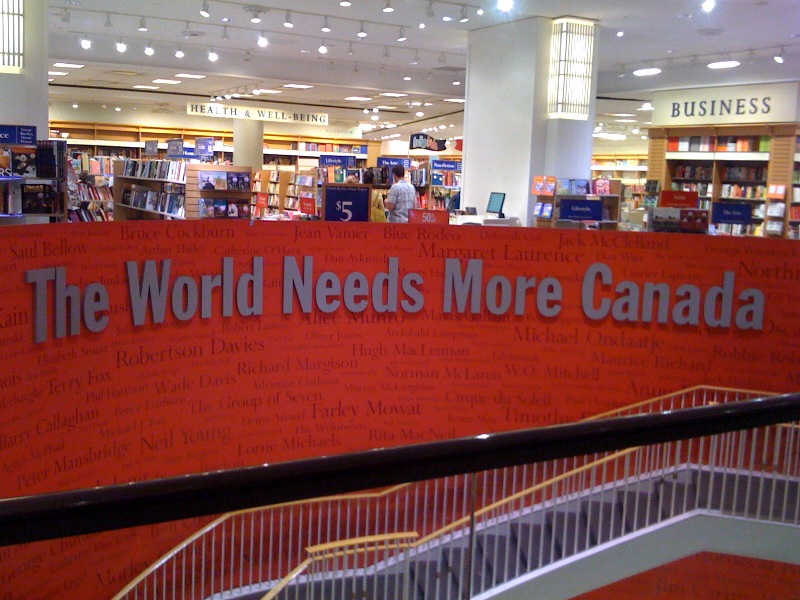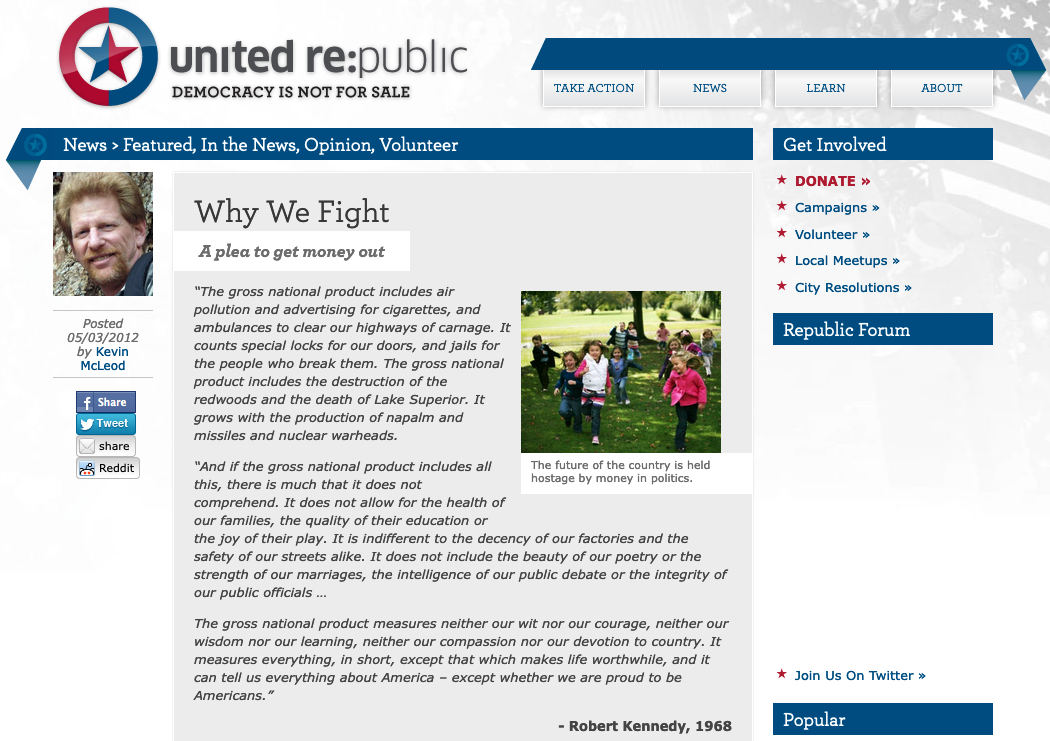AcademicEssay AcademicVideos advocacy astronomy aviation behavior biology civil rights civilrights community constitution cooking current events DemandMedia democracy diversity education employment environment evolution fundamentalism geology graphic design graphics healthcare history i711.com ixl language law linguistics management mythology natural history non-fiction parenting progressive religion science secularism sociology space sunet training travel UnitedRepublic webdev
Services
Public Policy
Writing, Editing, Publishing
Websites & Social Media
Connect
Phone: 727-643-3273
[email protected]
Testimonials
© Influential Prose 2023. All rights reserved.











